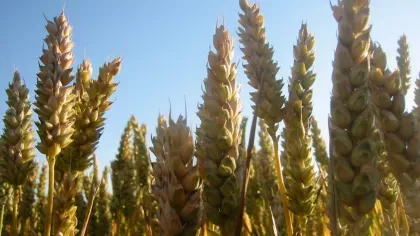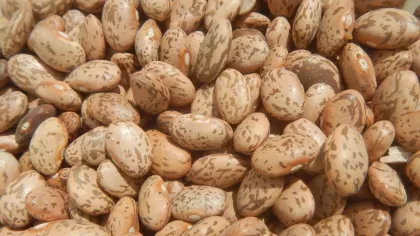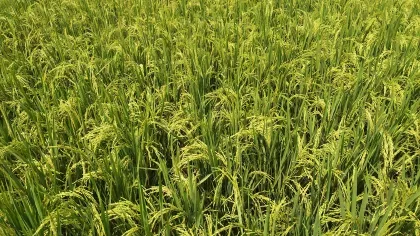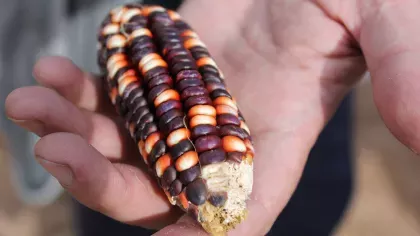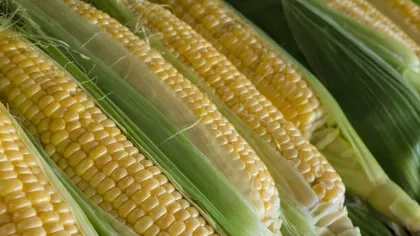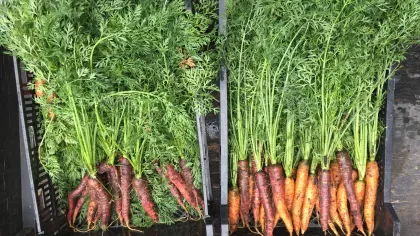
Maize
On this page
Maize, or corn, is the most grown cereal grain in the whole world by weight.
In 2021, the world produced over 1.2 billion tonnes of maize for use in everything from food, drink, fuel, and even fish bait.
But it’s been a long journey to get here. Indigenous American peoples began domesticating maize from the grass teosinte nearly 10,000 years ago.
As the climate changes, maize yields are potentially under threat, so scientists are investigating the origins and evolution of the crop to help protect it for the future.
Maize is one of the Three Sisters, a traditional indigenous American planting technique that also uses squash (Cucurbita pepo) and beans (such as Phaseolus vulgaris) to encourage the growth of a larger, more nutritious crop yield.
Plant description
Maize is a cultivated grass that usually reaches around 3m in height. The stems have dark green and shiny leaves that grow alternately along either side. At the top of the stem, numerous male flowers are arranged in a complex structure resembling tassels, and release pollen when blown by the wind.
The seeds of the maize plant are known as ears, and form in between the stem and the leaves, growing to around 20cm long. Each maize ear is a unique structure where numerous seeds are packed in together. These small seeds, known as kernels, are usually yellow or white, but can be purple, red or black. Tufts of fibres called silks grow from the ears, which starts yellow but can darken to a red colour if pollinated.
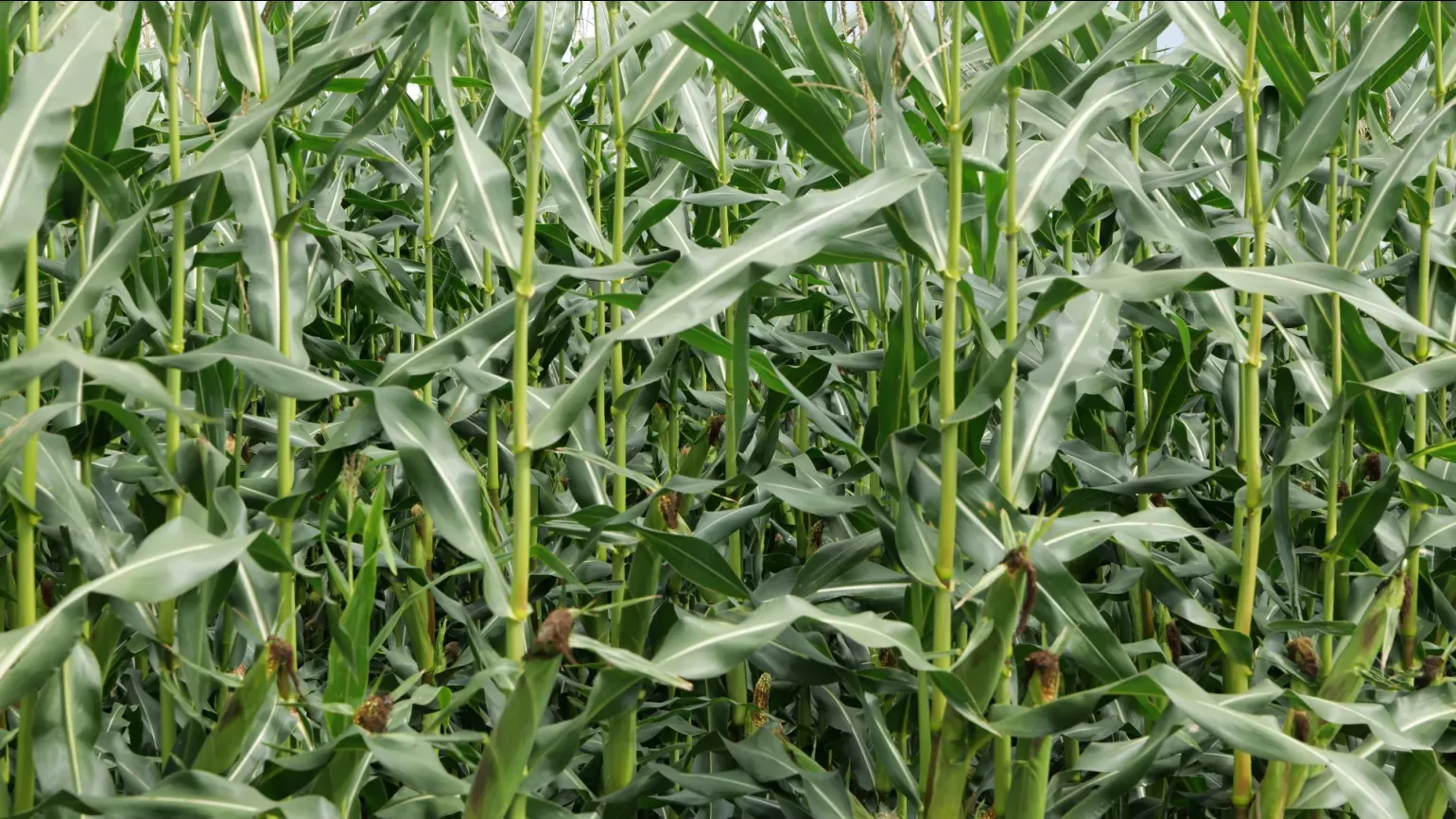
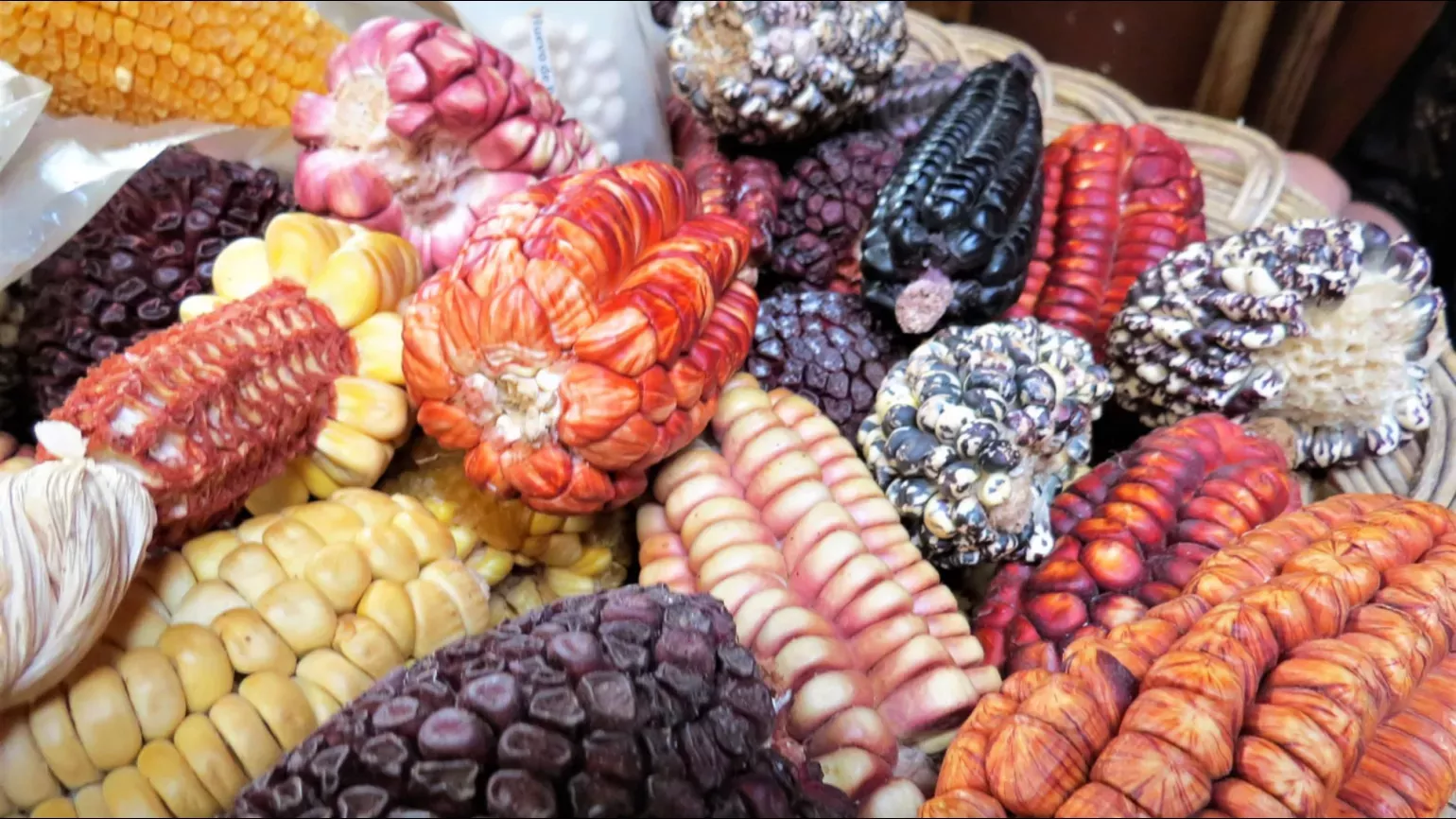
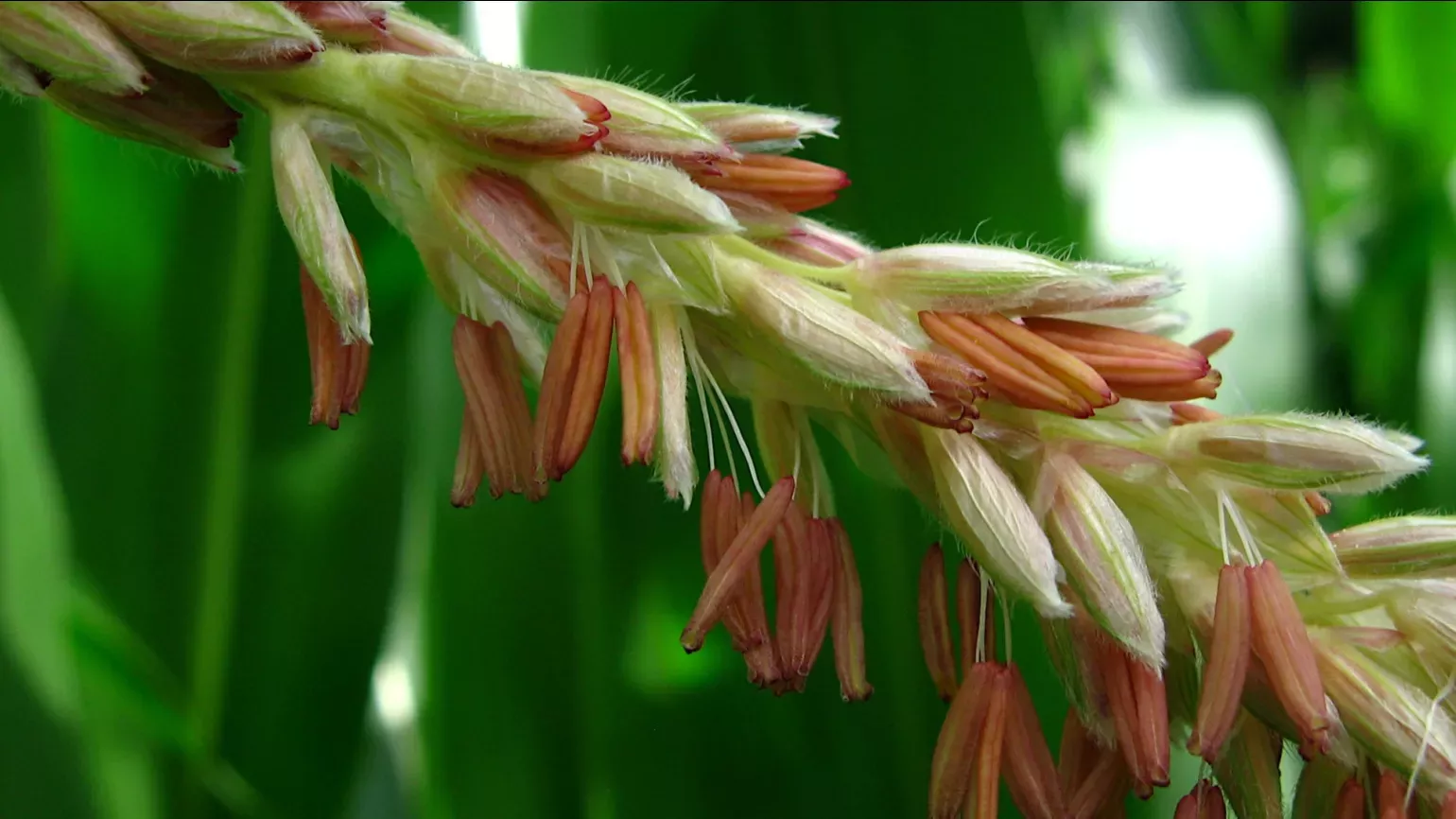
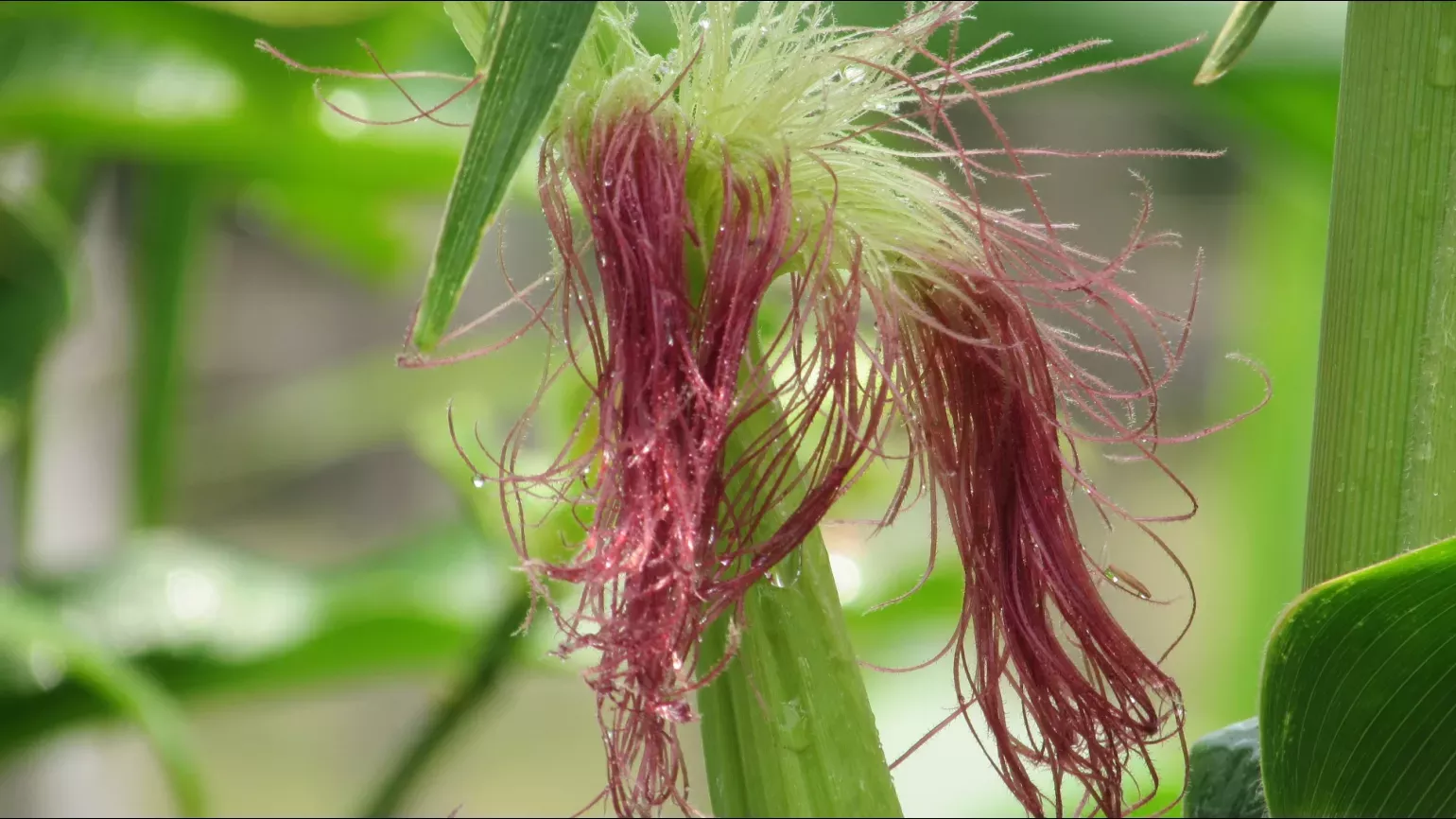

Plant uses
Cultural
The ancient Maya peoples had various deities personifying maize, as it was their staple crop.
Food and drink
Maize is used to produce cornstarch, corn oil, corn syrup and cornmeal. Cornmeal is used to make porridge-like dishes in cuisines across the world, including grits in the USA, polenta in Italy, obusuma in Kenya and ugali across Southern and Eastern Africa. Cornmeal can also be used as a flour to make baked goods like cornbread.
Across Central and South America, tamales are made from masa, a dough made from maize, and stuffed with meat and vegetables.
In Mexican cuisine, maize is used to make tortillas, a flatbread used in many dishes such as quesadillas, enchiladas and nachos.
Varieties of maize with higher sugar content are grown as sweetcorn, and eaten whole.
Specific varieties of maize can be heated, then burst to create popcorn.
Bourbon whiskey is made from mashed maize that is fermented and aged in oak barrels.
Health
Maize is a good source of vitamins B1, B3, B5 and B9, as well as a source of dietary fibre.
Materials and fuels
A large portion of harvested maize is used in animal feed.
Maize can be used to create ethanol, a type of biofuel for heating and energy production.
Cornmeal is used in fishing bait.
Fields of maize can be used to create mazes, known as maize mazes.
Did you know?
Maize is thought to have been domesticated around 9,000 years ago in Mexico, from a wild grass called teosinte.
To get the most nutrition from maize, it needs to be soaked and cooked in an alkaline solution, washed and hulled.
The word ‘maize’ comes from the Spanish spelling of the Taíno word for the plant, mahiz.
Cultivars of maize include Zea mays var. everta, used primarily for popcorn, Zea mays var. saccharate, eaten as sweetcorn, and Zea mays var. indentata, or dent corn which is the main variety used for cornmeal production.
Where in the world?
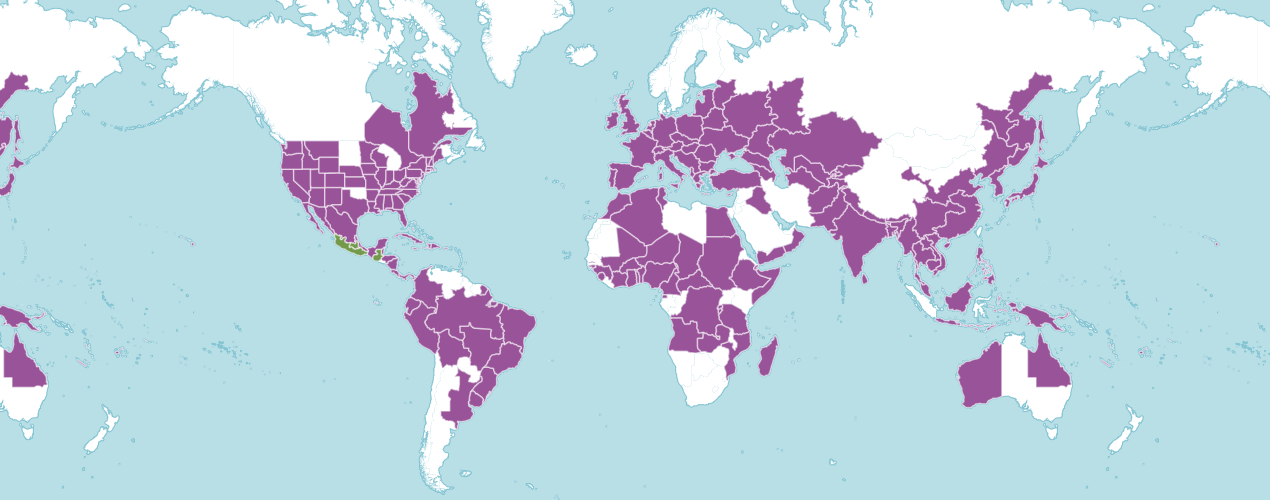
Grows well in most soil types, widely cultivated in fields in countries all over the world.
Find it in our gardens
Kew Gardens
A botanic garden in southwest London with the world’s most diverse living plant collection.
Location
View map of Kew GardensBest time to see
Our work
With the climate changing, and summers getting warmer and drier, maize crop yields are projected to decline 24% over the next century.
To secure the future of our food in a world with a growing population and changing climate, we need to protect the wild cousins of our commonly eaten and used plants, like maize.
These crop wild relatives are a source of valuable genetic diversity and useful traits which could help breeders develop new and improved crops that are more resilient to the impacts of climate change, like extreme temperatures or pests and diseases.
Kew scientists have been working alongside the Global Crop Diversity Trust on a global project, collecting seeds from the wild relatives of maize, such as perennial teosinte (Zea perennis) and conserving them in our Millennium Seed Bank for future generations.
